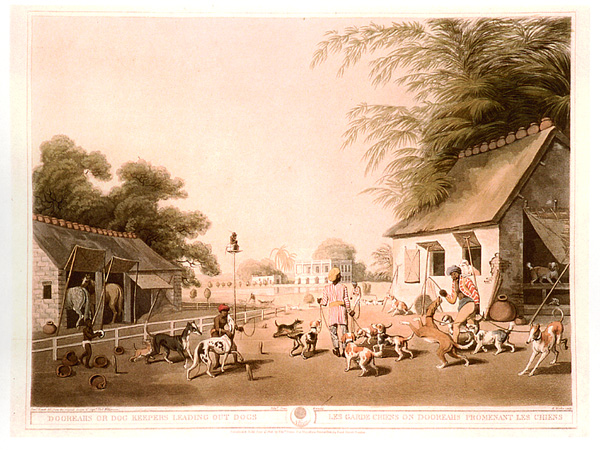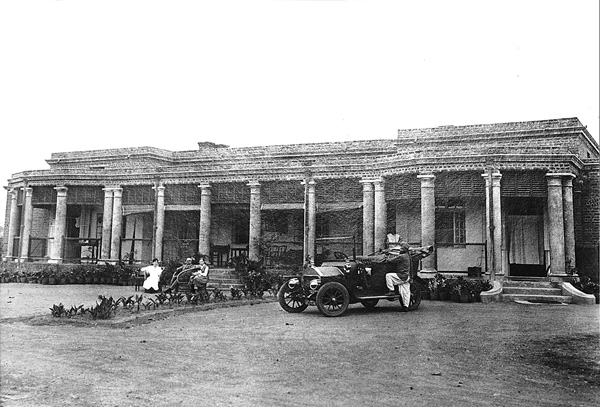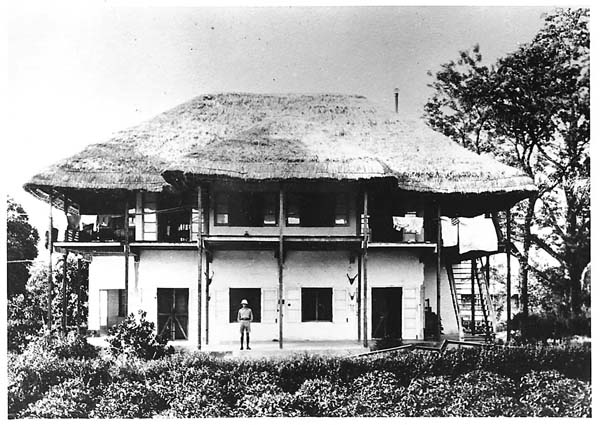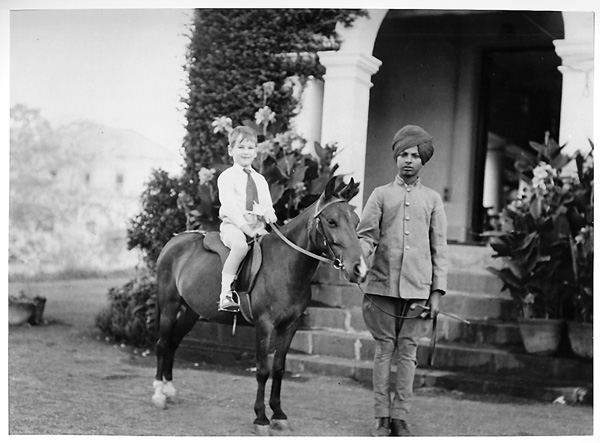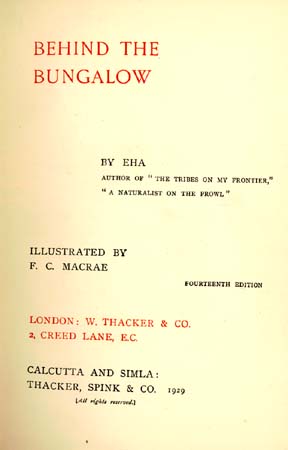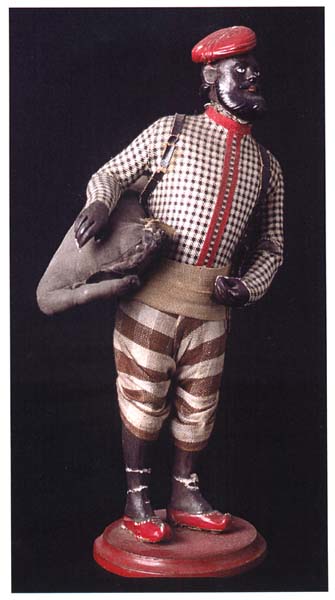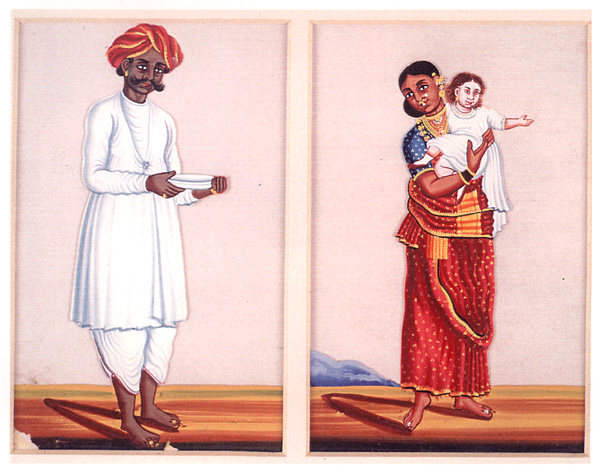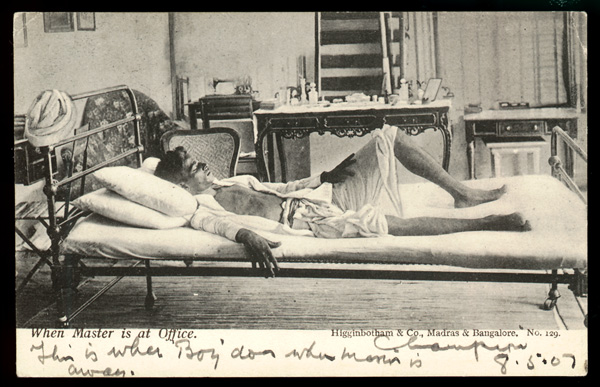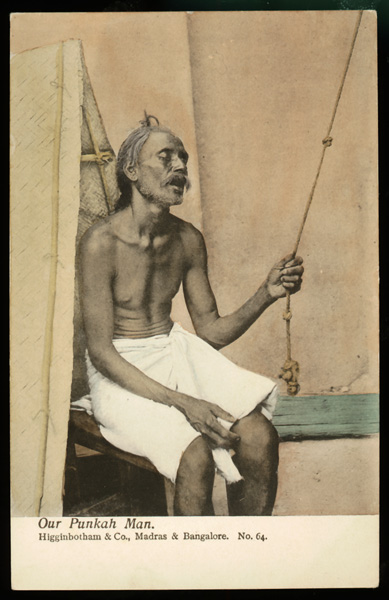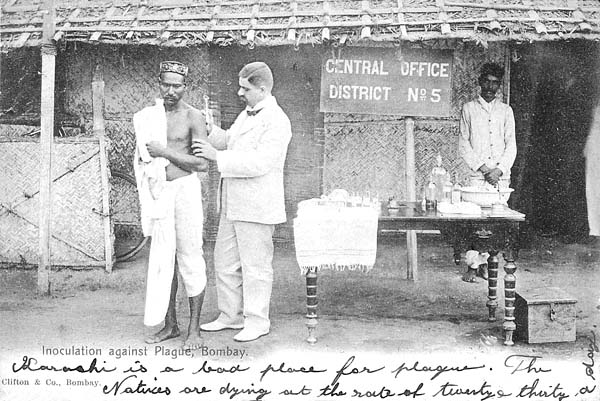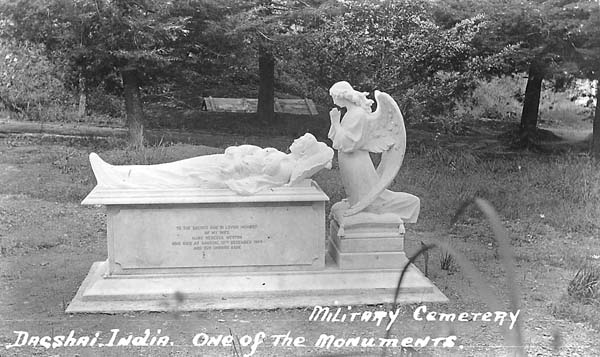|
"How one lived in India in those days--one would have expected
in a place like Patna, which was the headquarters of the province,
more of the amenities of civilization."
- Robin Adair, member of the Indian Civil Service, 1937-1947 |
"You had to learn the language even as a woman, or you missed so
much...I had a munshi to teach me, but he always taught along military lines,
because that was what he was used to. He would say, 'Go to the adjutant,
and tell him that number 3 company has mutinied.'
And all I wanted...was how to say, 'The meat is tough.'" - Patricia Edge, whose husband was in the Army and the Survey of India Life in the BungalowsRecollections of English domestic life in India present a picture of an existence both contented and full of difficulties, both luxurious and spartan. Britons generally occupied commodious bungalows (the word itself comes from Indian terminology meaning something from Bengal and referred to a particular housetype originally from that province) and commonly employed numerous servants to run the household.
Yet even into the 1940s the house would not have electricity, running
water, refrigeration; it would have been open enough for insects, rats,
snakes and--in remote areas--even wild animals to invade. Moves to new
postings were frequent and thus life was unsettled. It was thought
important to send children home to England for schooling, so that family
members were separated. There were likely few other Europeans nearby,
so that people--especially wives with no official work, possibly no
children at home, and only a menage of servants to interact with all
day--might feel very isolated. Indeed, women who found outside
interests--whether their husbands' work, local charitable pursuits, or
the outdoor life--were thought to be happiest.
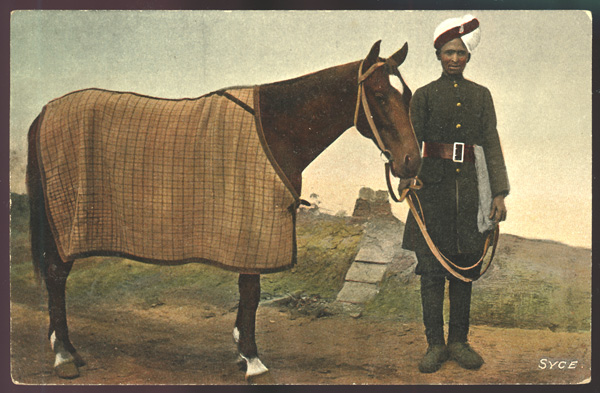

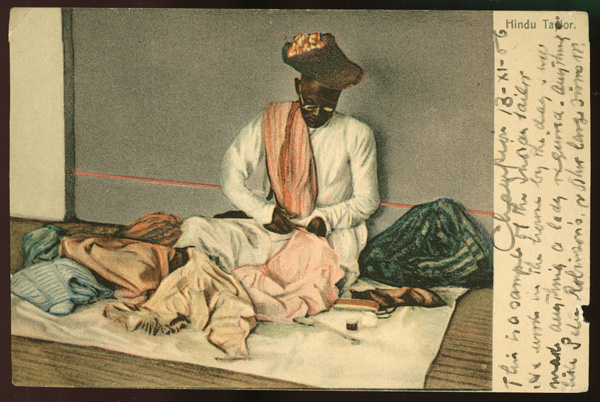
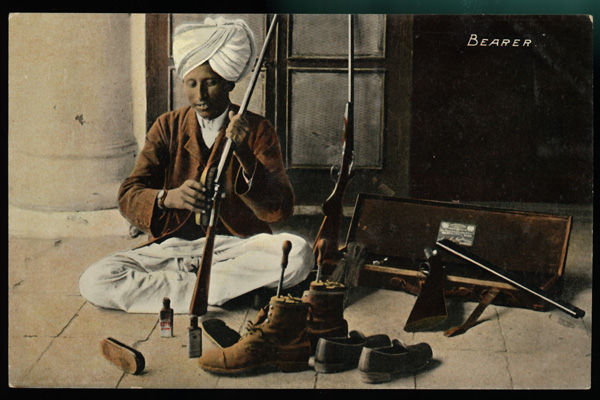
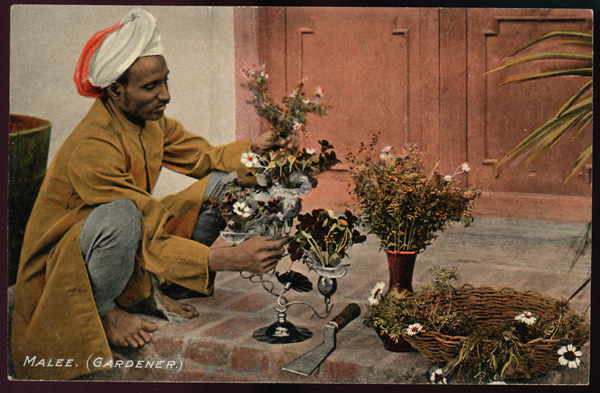 Postcards depicting household servants; produced by both Indian publishers, such as Moorli Dhur and Sons of Ambala, and British, such as Higginbotham and Company of Madras and Bangalore; early 20th century. The great profusion of cards reflects the great profusion of servants: a syce to care for the horses which virtually every sahib maintained; the ayah to care for young children; the sweeper, who maintained latrines and removed "night soil"; the dhurzi, more of a subcontractor than a servant, who would come and sit in a European house for days at a time doing the sewing. The bearer was a man's personal servant who would run the household of a bachelor sahib. 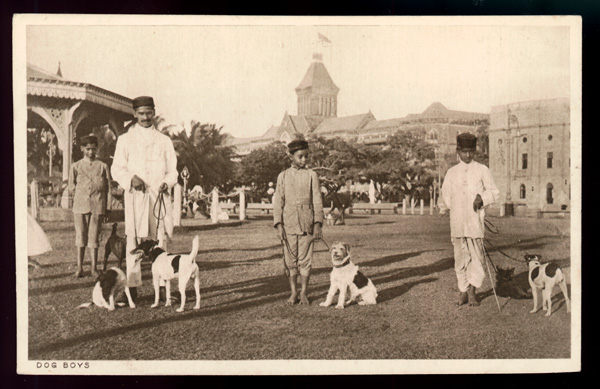

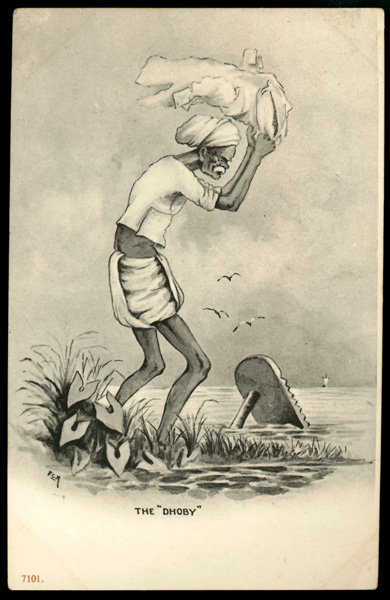
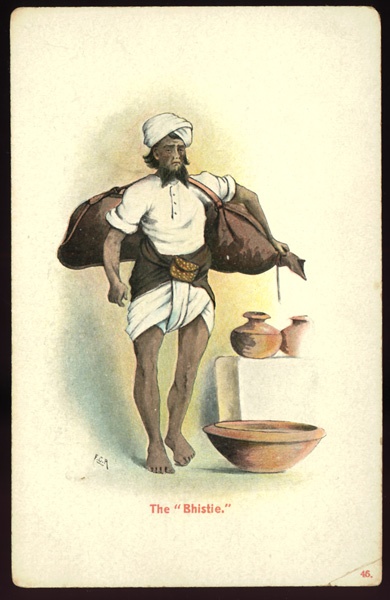
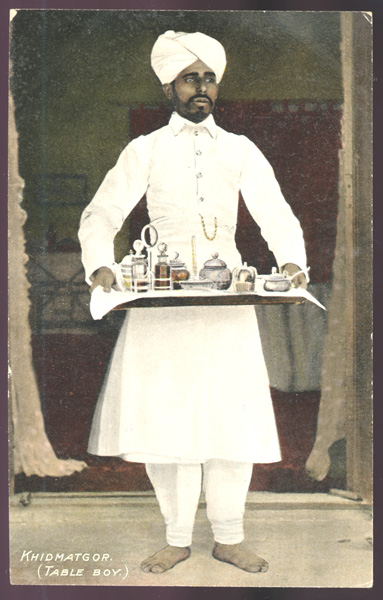
Sahibs and memsahinbs were especially intrigued by the dhobi or laundryman, who supposedly accorded unspeakably harsh treatment to their clothes to get them clean. Being able to employ an impressive number of servants -- far more than could have been afforded in England -- was an attraction of Anglo-Indian life (though many Britons professed their large households to be a mixed blessing). 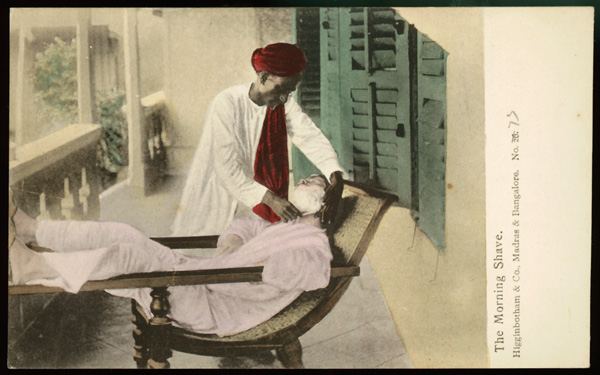 Englishman being shaved by servant; postcard (Madras and Bangalore:
Higginbotham and Company); early 20th century. Being shaved, even while still half asleep, epitomized for some the
luxury of Indian servants. Even working-class British soldiers stationed
in India would employ Indians to shave them while they still slept in their
barracks bunks. The chair depicted here is a planter's long-sleever, the
arms extended to provide a foot rest.
Englishman being shaved by servant; postcard (Madras and Bangalore:
Higginbotham and Company); early 20th century. Being shaved, even while still half asleep, epitomized for some the
luxury of Indian servants. Even working-class British soldiers stationed
in India would employ Indians to shave them while they still slept in their
barracks bunks. The chair depicted here is a planter's long-sleever, the
arms extended to provide a foot rest.
|
Back to top of page | Back to Exhibitions
